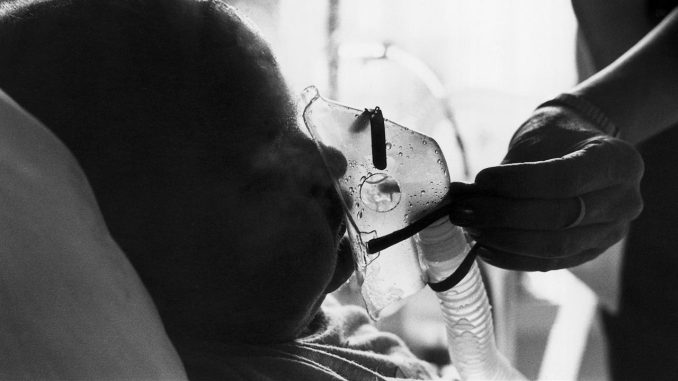
Euthanasia for incurably ill children
The Netherlands has recently made a controversial decision to allow terminally ill children up to the age of 12 to have the option of euthanasia. This policy change comes after years of lobbying from pediatricians who have been arguing for a change in policy for the young age group.
The decision to allow euthanasia for terminally ill children aged one year and younger, and for children over the age of 12, already exists in the Netherlands. However, until recently, there has been no clear policy for the group of young children in the intermediate age range. These children were not eligible for euthanasia requests because they were considered “mentally incompetent”.
The new policy means that a treatment team will be established to assess euthanasia requests from terminally ill children aged 1-12. According to the Minister of Health, Ernst Kuipers, this group of children, who suffer from incurable diseases and unbearable pain, will be able to opt for active termination of life.
Hugo de Jonge, the previous Minister of Health, announced almost three years ago that new policy for the age group was being devised. The proposal was finally presented to the Council of Ministers on Friday.
According to the cabinet, this policy change only concerns a “small group of terminally ill children who suffer hopelessly and unbearably”. Earlier, ministers stated that current medical treatments were not sufficient to alleviate the suffering of these children.
The policy change has been met with mixed reactions, with some supporting the decision and others opposing it. Those in favor of the decision argue that terminally ill children should have the right to decide how they want to spend their remaining time on earth. They also believe that active termination of life can provide relief to children who are experiencing unbearable suffering.
On the other hand, opponents of the policy change argue that it is morally wrong to take the life of a child, no matter how much they may be suffering. They also argue that there is a risk that the policy could be abused, and that children may be pressured into making decisions that they do not fully understand.
Researchers from UMC Groningen, Erasmus MC in Rotterdam and Amsterdam UMC have conducted research into active termination of life for young children. According to them, doctors are not always able to take away the suffering of children, and there is a need for clear regulation on termination of life in these situations.
Kuipers estimates that about five to ten children per year “suffer unnecessarily (for a long time), with no prospect of improvement”. Palliative care would be inadequate in those situations. The new policy aims to provide relief for these children, allowing them to choose how they want to spend their remaining time.
The decision to allow euthanasia for terminally ill children aged 1-12 is a controversial one. While some support the decision, others are concerned about the ethical implications and the potential for abuse. Ultimately, the decision to opt for euthanasia is a personal one, and it is important that children and their families are supported throughout the decision-making process.

Be the first to comment